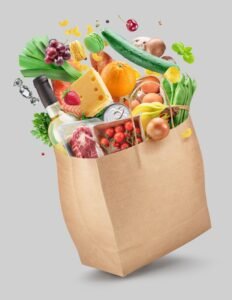Navigating the aisles of a grocery store can be overwhelming, especially when you’re trying to make healthy choices. Food labels contain a wealth of information, but they can also be confusing if you don’t know how to read them. Understanding the key components of food labels, such as serving sizes, ingredients, and nutritional content, is essential for making informed decisions.
The first thing to check is the nutrition facts panel. This will tell you important details like calorie count, fat content, and the amount of sugar per serving. Keep in mind that serving sizes are often smaller than what you might consume in one sitting, so pay attention to the number of servings per package. Checking for added sugars and sodium levels is also crucial, as many packaged foods contain hidden amounts of these ingredients.
Additionally, labels like “organic,” “non-GMO,” and “fair trade” are important to understand, especially if you’re focused on sustainability or ethical food choices. Organic foods are grown without synthetic pesticides, while non-GMO products are free from genetically modified organisms. Fair trade products ensure that farmers and workers are paid fairly for their labor, supporting ethical practices in the food industry.
Finally, beware of misleading marketing claims such as “natural” or “fat-free,” which don’t always mean the product is healthier. Reading the ingredient list is your best bet to ensure you’re choosing food with fewer artificial additives and preservatives. The fewer ingredients, the better when it comes to processed foods.

